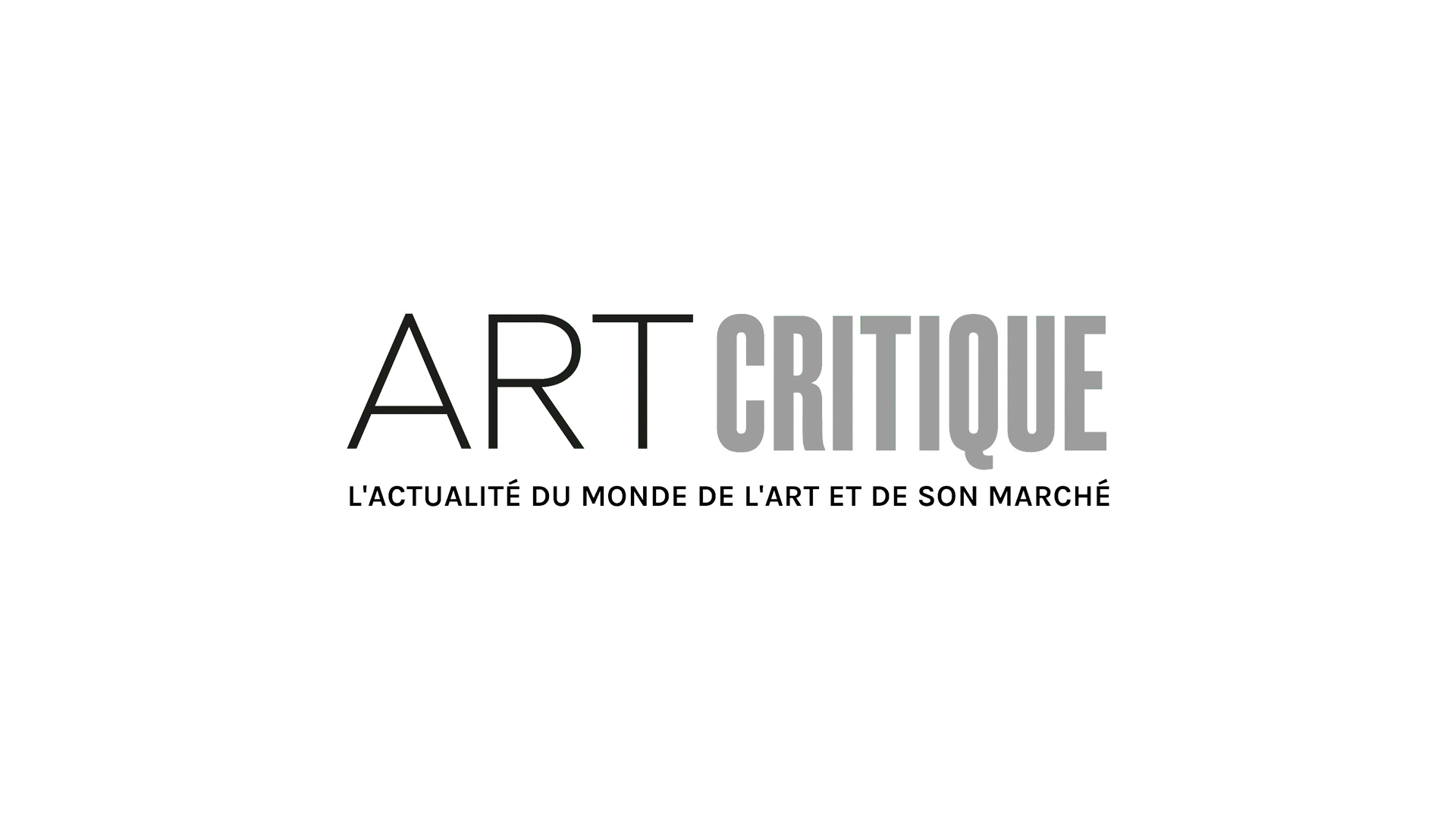The intersection of photography and computer-generated images was perhaps one of the quickest encounters of the modern form as well as one of the most troubling. Photography, in a reductive matter of speaking, captures a shot of reality—an object, a person, a place, a time—but computer generation, inherently a contrived endeavour, can more and more powerfully influence and fabricate this display of reality. In Stan Douglas’ Revealing Narratives series, he has easily and captivatingly toyed with time at a casual glance and dug deep into the layers of both mediums upon inspection.
Stan Douglas is a Vancouver artist of world renown, his work presented from the MoMa to the National Gallery of Canada, presented from Centre Pompidou to the Haus der Kunst. Through his examination across mediums and cultural, and social facets, Douglas is driven by a “fascination with the mechanic of representation.” Purportedly inspired by the legendary theatre artist Samuel Beckett, his work is a simple but striking mirror of the fallacies and failings of modern life.
Revealing Narratives, a presentation by Montréal VR and digital art keystone Phi Centre currently on view at the Art Gallery of Nova Scotia, combines Douglas’ two series Disco Angola and Penn Station’s Half Century. The former sees works in which Douglas inhabits the role of a photojournalist in the 70s covering both the fight of Angola for independent against Portugal as well as the rise of disco. From the attention to detail in all outfits and objects to even the dates contained at the end of image titles, at first glance, these images all do genuinely appear to document the ages they depict. If it weren’t for just how crisp and vibrant the works are, it would be near impossible to tell without context.
The pieces across Disco Angola are particularly striking in their uses of colour, from the vibrant outfits of disco partiers (Two Friends, 1975, 2012) to the depictions of soldiers in training out in the light of day (Capoeira, 1974, 2012) to the near-median of the two spheres through decidedly hip styling in front of the backdrop of intense military motivation (A Luta Continua, 1974, 2012). The relationship between these two tandem events through a singular narrative lens highlights both of their roles as a form of rebellion—against political oppression in Angola and against the bigotry and suppression faced by the queer and BIPOC fuelled disco movement—and join these distanced movements through occupation of the same space.

The other half of Revealing Narratives in Penn Station’s Half Century shows the former hub of travel as “a place in perpetual (re)presentation.” A commission of New York City’s Public Art Fund and Empire State Development, these works give testament to the grandeur of the architecture of this historic space as well as the varying roles it occupied across its own history. There’s a cinematic quality to the presentation, which plays into Douglas’ own intentions and discussions on how the layers of spaces as seen in public depictions—film, as a prime example—are an indelible layer on how one understands a space.
Each of these collections gives a sense of connection across time, merging our own context of all-too-manipulated imagery and power of representing the past, present, and future with the classic view of photojournalism as the scribe of time, cementing moments as well as telling the story of history by choosing what was captured—a time before constant capturing of everything, everywhere. Revealing Narratives sits somewhere between documentation and reconstruction, Douglas having found the intersections of contexts and mediums, and posits what photography means for us and our own record of our world.





